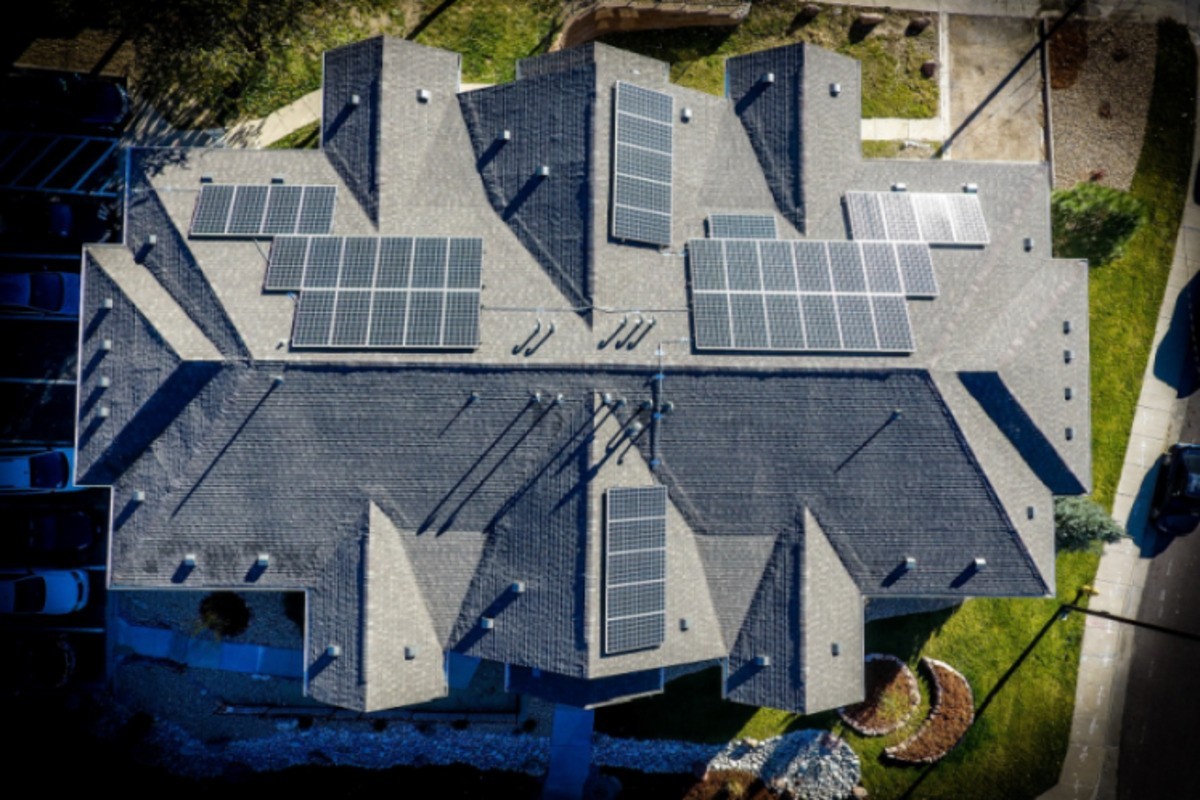Energy Efficiency 2020 - Buildings chapter from IEA

This chapter of the Energy Efficiency 2020 report by IEA focuses on Buildings and energy.
A complex interplay of factors will determine how the Covid-19 crisis influences energy intensity in the buildings sector in the coming years. In the short term, three trends are visible:
- a partial shift in energy demand from commercial to residential buildings, as social distancing measures and teleworking, reduce people’s use of commercial buildings and increase energy using activities in the home; on some metrics, this will increase the overall energy intensity of the buildings sector
- an increase in the share of energy use from more energy-intensive sub-sectors, leading to higher energy intensity per unit of activity in commercial buildings
- restrictions in professional contractors’ access to residential properties, delaying technical efficiency upgrades; in some markets, however, increased rates of do-it-yourself renovations may be boosting technical efficiency.
In the longer term, the duration of the health and economic crisis will have a significant impact on energy intensity in buildings. A lasting health crisis could continue to limit commercial building use, prolonging energy intensity trends seen in 2020.
As more people return to work during the pandemic, demands for higher ventilation rates in commercial buildings for health reasons could lead to spikes in energy intensity. If the economic recession deepens, households and businesses may reduce spending on building upgrades, which will slow technical efficiency improvements.
Current forecasts suggest the pandemic has dampened growth expectations for the buildings and construction sector.
Read more of the Energy Efficiency report by IEA here
News published on Build Up Publications
Consult the source



